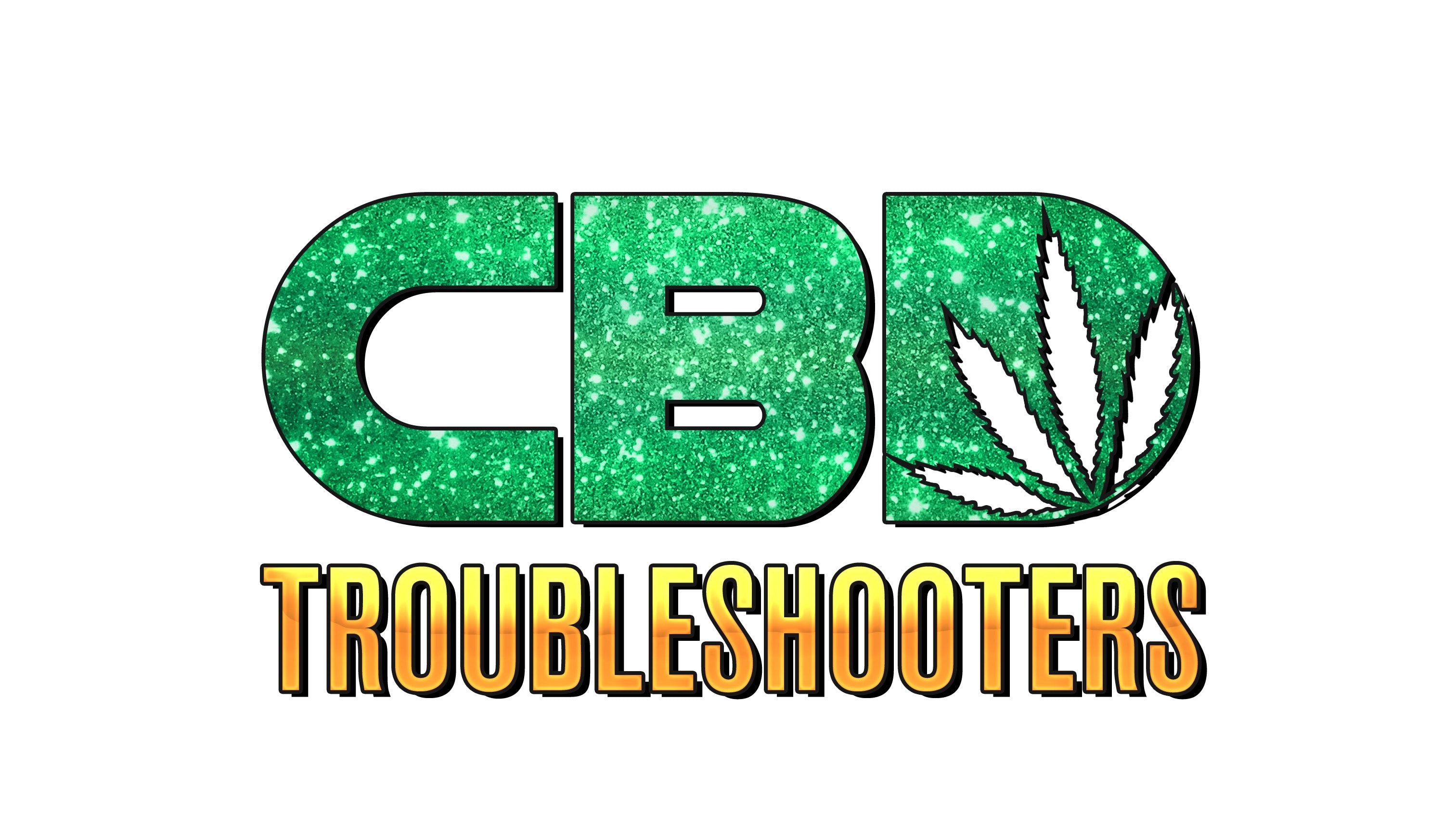CBD vs THC: What's the difference? Which cannabis compound is more beneficial?
CBD vs THC: WHAT'S THE DIFFERENCE? WHICH CANNABIS COMPOUND IS MORE BENEFICIAL?
Cannabis is a plant that forms a thick substance called cannabinoids. There are more than 100 cannabinoids chemicals in cannabis. Let's take a look at the most common cannabinoids found in cannabis products. They are called cannabidiol (CBD) and tetrahydrocannabinol (THC).
WHAT IS CBD?
Cannabidiol (CBD) is a compound found in marijuana. CBD can be derived from hemp or from non-hemp plants. Hemp is defined as any part of the cannabis sativa plant with no more than 0.3% of tetrahydrocannabinol (THC), the mind-altering substance in marijuana. CBD is not impairing, meaning it does not cause a “high.”

CBD is a powerful plant extract that has been used for wellness for thousands of years. It is one of many cannabinoids in hemp that has a variety of effects on our body’s endocannabinoid system. We actually have receptors and compounds in our bodies that interact with the compounds that naturally occur in hemp.
Unlike THC, CBD does not directly activate our brain’s CB1 receptors. This means Users don’t feel the same intoxicating effects. Instead, CBD seems to increase the level of endocannabinoids (2-AG and anandamide) in the body. CBD promotes relaxation and stress support.
Health and Wellness
CBD is short for cannabidiol. It is just one of many different molecules called cannabinoids that are found in the cannabis plant. CBD is not an acronym. Cannabidiol has been shortened to CBD simply because it's customary for cannabinoids to have a 3-letter designation, such as THC for tetrahydrocannabinol, CBG for cannabigerol, CBN for cannabinol and so forth. THC is arguably the most famous member of the cannabinoids family- it's the one found in marijuana that causes a high.
WHAT IS THC?
Since 1964, tetrahydrocannabinol (THC) has been the primary focus of cannabis research, when Raphael Mechoulam isolated and synthesized it. THC production is maximized with increased light energy.

According to NIDA, THC stimulates cells in the brain to release dopamine, which can lead to euphoria. It also interferes with how information is processed in the hippocampus, which is part of the brain responsible for forming new memories. THC has a psychoactive effect. The Federal Legal Limit is 0.3%. It assists in pain management.
WHAT'S THE DIFFERENCE?
CBD and THC have the same chemical formula, which contain 30 hydrogen atoms, 21 carbon atoms and 2 oxygen atoms. The difference lies in the way the atoms are arranged. The arrangement gives CBD and THC different chemical properties, which affects your body differently.
Marijuana contains much more THC than hemp, while hemp has more CBD. Marijuana is high in the psychoactive compound THC, or delta-9 tetrahydrocannabinol, the compound in marijuana that causes a high. It is cultivated mainly for medicinal and “recreational” purposes. Both indica and sativa strains, as well as hybrids of the two, are used to produce marijuana. The United States federal government considers marijuana to be a Class I controlled substance. However, many U.S. states have instituted legislation to regulate its cultivation and allow its use as medicine. Some states have also legalized marijuana for recreational use.

Hemp-derived CBD is not marijuana. Although hemp does contain some cannabinoids, it has negligible amounts of THC. In fact, in order to be legally cultivated, hemp must contain less than 0.3% THC. Hemp is also grown as an industrial crop for the use of fibers in textiles and even building materials. Most industrial hemp is grown for its fiber and contains relatively small concentrations of cannabinoids and terpenes, so it is not the most desirable source of CBD oil.
POTENTIAL BENEFITS
With the increase in cannabis use due to policy With the increase in cannabis use due to policy changes and areas of decriminalization, it is important to recognize the potential impact of CBD and THC on endocrine processes. Cannabinoids have many effects by activating the Endocannabinoid System (ECS). This system plays a role in the normal functioning of nearly every organ and consists of the body's natural endocannabinoids, the cannabinoid receptors, and the enzymes and processes that regulate endocannabinoids. Scientists are continuing to obtain information about how CBD and THC affects the body. As a reputable cannabis brand, we do not make medical claims. However, here are some of the potential benefits that have been scientifically researched on THC and CBD:
THC
- May alleviates pain
-Decreases muscular spasms for relaxation
-Promotes the improvement of sleep
-Reduces nausea
CBD
-May assist in lowering blood pressure
-Promotes the reduction of inflammation
-Decreases stress and anxiety
-Encourages relaxation of tense muscles and stiff joints
References:
Casarett, David J et al. “Benefit of Tetrahydrocannabinol versus Cannabidiol for Common Palliative Care Symptoms.” Journal of palliative medicine vol. 22,10 (2019): 1180-1184. Link: https://www.ncbi.nlm.nih.gov/pmc/articles/PMC6776252/
Lyon, Louisa. "THC and CBD: is medical cannabis overhyped or under-prescribed?" Volume 143 (2020). Link: https://doi.org/10.1093/brain/awaa066
Meah, Farah et al. “The effects of cannabis and cannabinoids on the endocrine system.” Reviews in endocrine & metabolic disorders vol. 23,3 (2022): 401-420. Link: https://pubmed.ncbi.nlm.nih.gov/34460075/
National Academies of Sciences, Engineering, and Medicine. "The health effects of cannabis and cannabinoids: The current state of evidence and recommendations for research." The National Academies Press (2017). Link: https://www.cdc.gov/marijuana/featured-topics/CBD.html
Pennypacker, Sarah D, and E Alfonso Romero-Sandoval. “CBD and THC: Do They Complement Each Other Like Yin and Yang?.” Pharmacotherapy vol. 40,11 (2020): 1152-1165. Link: https://accpjournals.onlinelibrary.wiley.com/doi/10.1002/phar.2469
Pennypacker, Sarah. Cunnane, K. Cash, MC. "Potency and Therapeutic THC and CBD Ratios: US Cannabis Markets Overshoot." Frontiers in Pharmacology. (2022). Link: https://www.frontiersin.org/articles/10.3389/fphar.2022.921493/full
Perry, Danielle et al. “Evidence for THC versus CBD in cannabinoids.” Canadian family physician Medecin de famille canadien vol. 64,7 (2018): 519. Link: https://www.ncbi.nlm.nih.gov/pmc/articles/PMC6042662/
Potter, DJ. "The propagation, characterisation and optimisation of Cannabis sativa L. as a phytopharmaceutical." PhD, King's College, London (2009). Link: https://www.scirp.org/%28S%28lz5mqp453edsnp55rrgjct55%29%29/reference/referencespapers.aspx?referenceid=2525862
Russo, Ethan B. "Taming THC: potential cannabis synergy and phytocannabinoid‐terpenoid entourage effects." British journal of pharmacology 163 (7), 1344-1364, (2011). Link: https://bpspubs.onlinelibrary.wiley.com/doi/full/10.1111/j.1476-5381.2011.01238.x
Sides, H. "Science seeks to unlock marijuana secrets." (2015). Link: https://www.nationalgeographic.com/magazine/article/marijuana-science-drug-research-legality
